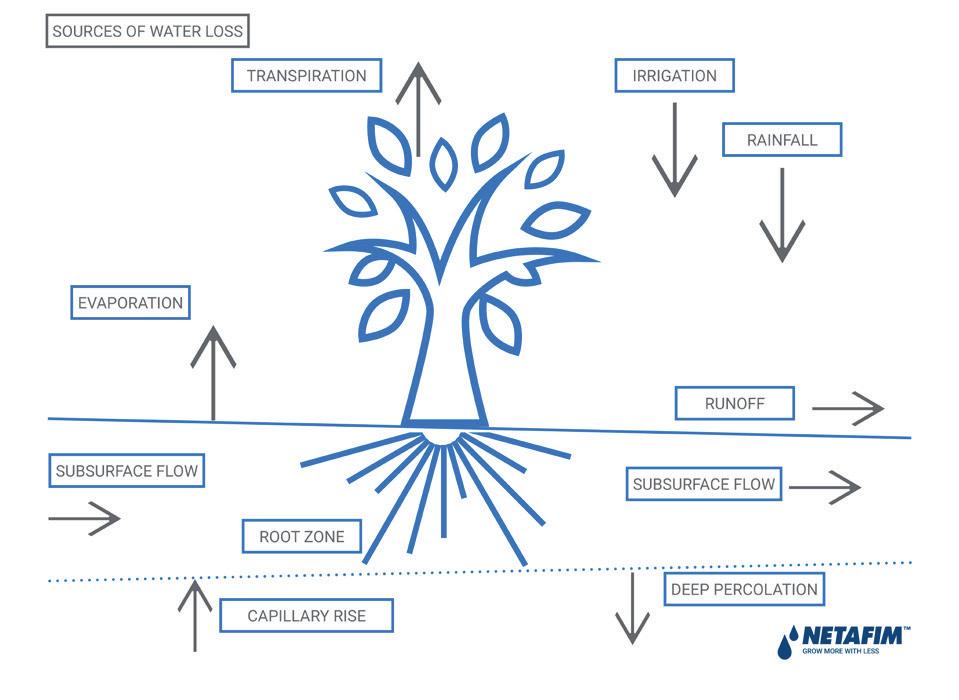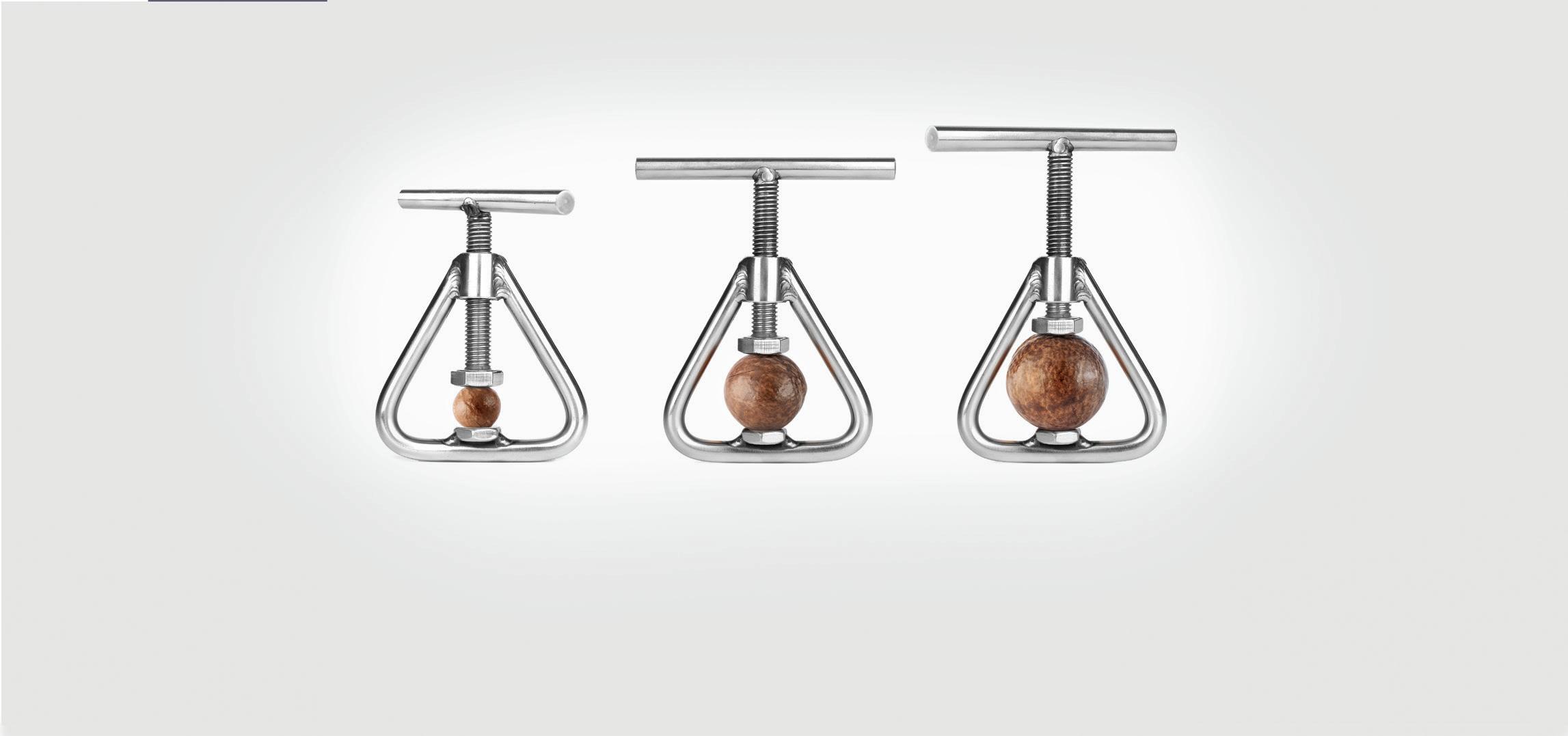
3 minute read
Smart macadamia irrigation is the key
NETAFIM
“Experience in macadamia production indicates the importance of proper soil preparation,” says Chris Malan, manager of agronomy at Netafim South Africa. These actions will result in a larger and healthier root zone that will ensure consistently high production.
ALTHOUGH RESEARCH AND experience suggest that macadamia trees use water quite sparingly when compared to other tree crops, optimal irrigation remains crucial to efficient macadamia nut production. Chris explains that irrigation of macadamia trees is particularly important during flowering, from the time of nut set, during nut filling and the vegetative growth period in mid-summer. "Various irrigation strategies exist and different methods of irrigation can be implemented. Prevailing climatic conditions in combination with factors such as soil depth and fertility, availability of water for irrigation and more will influence the irrigation strategy." Both drip irrigation and micro-sprinkler systems are used in macadamia tree irrigation across Southern Africa. These systems cater for different conditions, preferences and approaches to production. “Macadamia tree irrigation approaches are still being refined as the industry learns more about tree water requirements and how climatic conditions affects it. Approaches range from highly intensive daily irrigation and fertigation to an extensive approach where irrigation events are adapted to the most important phenological growth stages, the climatic conditions and available resources.” Chris emphasises that there is a shift towards increased implementation of drip irrigation as increased focus is placed on water-use efficiency.
Efficient water use
“We know that there is no one-size-fits-all answer to improved irrigation scheduling on macadamias or any other

Sources of water loss.
crop. As we aspire toward increased efficiency, various aspects must be kept in mind. When we want to manage water optimally in orchards it is important that we understand water balance in an orchard, soil-water interaction and factors that impact it," explains Chris. "Efficient water use is about preventing water loss on the one hand and ensuring optimal water intake by the roots on the other hand. Water loss can occur through evaporation, deep percolation, subsurface outflow, run-off and transpiration. The latter is the only positive water loss as water moves through the plant. Our aim is, therefore, to maximise tree transpiration while we minimise soil evaporation and water use by vegetation between tree rows."
The main concern is evaporation and deep percolation. Chris explains that limiting these two culprits is key, as they can then ensure highly efficient water use. “Evaporation is limited by wetting a smaller soil area and deep percolation is limited with proper irrigation scheduling through which we can ensure we do not irrigate beyond the active root zone.”
Balanced irrigation
Comparisons of daily transpiration rates with evapotranspiration demand have indicated that transpiration initially increases in line with evapotranspiration demand. It however plateaus at a certain point. A study headed by SAMAC draws from this that climatic conditions are not the soil driver of transpiration rates in macadamia trees. The assumption is that the tree exerts some control over water loss through stomata. "What we can take from this is a warning of the risk of over-irrigation. The study shows that trees will not necessarily use more water in hotter and dryer weather. If we therefore apply more, and eventually too much water, we can do more harm than good with over-irrigation,” says Chris.
Soil knowledge
Scheduling decisions greatly depend on not only the knowledge of tree water requirements and climatic conditions as mentioned above, but also the knowledge of soil composition and attributes, how water moves through the soil and the size of the root zone is critical to proper irrigation scheduling. The three most important questions to answer are: • For how long should a producer irrigate to ensure that he starts with a wet soil profile? • How should irrigation take place in the initial crop stages while roots are shallow? • How should irrigation take place in later stages when the root zone is well-established?
The aim is to not irrigate past the active root zone, while ensuring sufficient water availability. The question of how much water macadamia trees truly need however remains and the industry is working hard to determine this. It is clear that many factors will determine the true water requirements of every tree in every orchard and that a holistic approach to macadamia irrigations scheduling is necessary, taking into account everything from soil type to tree variety. For more information, visit www.netafim.co.za or send an email to infoza@netafim.com.

The question of how much water macadamia trees truly need however remains and the industry is working hard to determine this.











